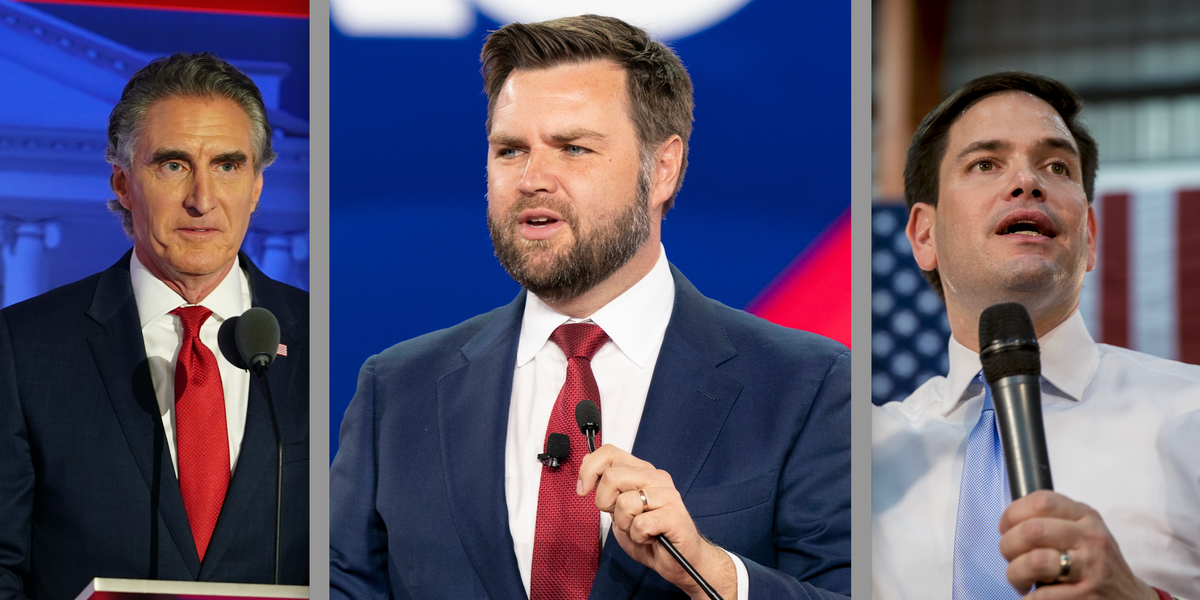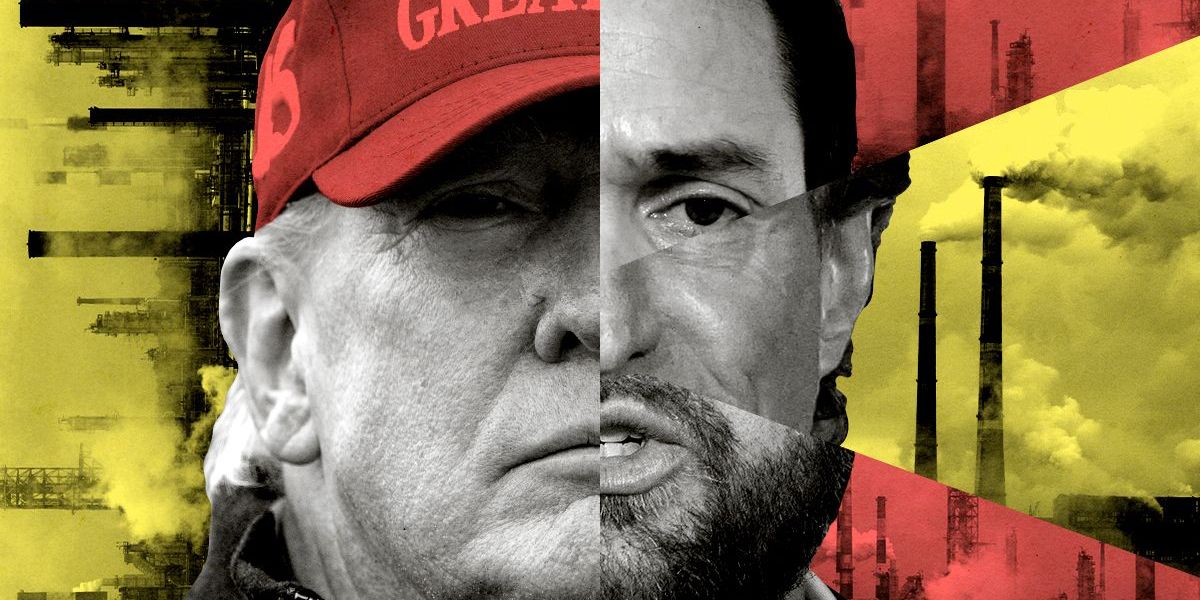
Victorian Treasury boss David Martine has signalled this week’s Budget plan to cut approximately 4,000 jobs from the public service and help service state debts tied to the COVID-19 pandemic is only an outline of what the final savings measures will look like for the VPS workforce.
Martine told an exclusive audience of public servants in Melbourne that in order to meet the goal of returning a $1.2 billion operating surplus by 2023, VPS jobs would have to go over the next 12 months.
Slimming down government spend on so-called back-office consultants and labour hire will make up a component of the public service cost-savings goal of $2.1 billion over four years and contribute to the government’s wider savings plan of almost $5 billion.
But other professional jobs are likely to be in the firing line, such as public servants in the HR, finance, and marketing and communications streams.
Martine fielded anonymous questions from the audience about what these cost measures actually meant in terms of FTE headcount in the public service and how the bureaucracy was meant to navigate the job cuts given they all worked so hard, and for such long hours.
“It’s very hard to estimate what the impact may be on the number of public servants, very hard to calculate because we don’t control savings through staff measures; savings are controlled by the dollar level,” Martine said.
“That’s really left to entities and departments to work out how best to manage.”
The Treasury boss said the Budget papers’ COVID debt-repayment plan included an estimate of 3,000-4,000 VPS to be culled from the state bureaucracy. He said it was important to consider the context of how public service workforce numbers ballooned in 2020 as a response to the pandemic, and noted numbers had already started to drop back.
“There’s $2.1 billion in total of savings that are contributing to offsetting the impact of the COVID debt.
“There are some other savings in the budget, which were largely election commitments that the government had back in November, but the bulk of savings [comes down to that] $2.1 billion, and they’re made up of general savings across the general government sector, relating to non-frontline services,” Martine said.
“Our best guess was around 3,000 to 4,000 to pick up not just the new savings but the already existing savings that were all required still to deliver from previous Budgets such as the basic review savings and the general efficiency savings,” he said.
The secretary noted other government savings were also being made with efficiency measures for entities in the public non-financial corporation sector and the public finance sector.
“There’s actually a bit of savings embedded in that $2.1 billion as well from from those sectors,” he said.
On the matter of inflation decreasing over the forward estimates, Martine said he was confident about his modelling team’s projections. Victoria’s estimates were “very similar” to those published by the commonwealth in the federal Budget two weeks ago, he added; however, he also cautioned that the global economy was facing a “heightened level of uncertainty”.
“We are all predicting inflation peaking, and then coming down,” Martine said.
“But there’s no question that, in this budget this year, there’s heightened uncertainty around the forecasts — and the Budget papers did say that upfront.
“We do in a sensitivity analysis, in Appendix A of Budget paper no.2, this outlines some of the different scenarios if there’s a movement in place and what that actually does to our numbers,” he said.
Martine also noted that state Budgets tended to be less affected by economic variables than those at the federal level.
“It does have impact on the tax side but on the spending side, it’s not as sensitive.
“In the Commonwealth, there’s a lot more movement on the spending side, then there is changes [which can impact inflation],” he said.
Martine made his remarks at a post-Budget briefing hosted by IPAA Victoria on Wednesday. He also joined a panel conversation with Helen Silver, former Victorian Department of Premier and Cabinet secretary, and EY’s Victorian government leader Dean Yates.
In the simplistic rounds of media Budget analysis, which too often skews the complex designs of the document, various outlets have decried this year’s Victorian Budget as one with many more losers than winners.
Certainly, the numbers — including a $10.3 billion deficit for the year ending June 20, and $4 billion for the next financial year — reflect the challenging task to keep a hold on spending and repay government debt, mostly accrued in response to the COVID-19 pandemic.
When queried about whether lower income earners, renters in particular, might feel the ultimate impact of state-revenue measures aimed at big business and landlords such as payroll tax (from July, businesses operating in Victoria with national annual payroll bills over $10 million will be taxed higher), and lowering the land tax threshold (hitting 860,000 additional property investors, homeowners and commercial property owners), Martine said the view these expenses would be passed on to consumers or tenants was overly simplistic.
“The way the tax system works, including for investors, it’s quite complex — land tax is tax-deductible from the commonwealth as well. The actual imposte on the investor is less than expected,” Martine said, adding there were not many levers on the tax side state governments had at hand.
“And there are restrictions on what [costs] you can pass on and when etc. so that sort of helps shape our advice to the government.
“Nearly half of our revenue comes from the commonwealth tax revenues, about 38% of total revenue. And in tax revenue, you’ve basically only got three options: You’ve got stamp duty, land tax, or payroll,” he said.
Because stamp duty was the most inefficient tax, this left the government with the two options of payroll and land tax as revenue levers and obvious Budget measures.
The state government’s ‘COVID debt levy’ hopes to rake in $8.6 billion over four years, and aligned with other revenue measures, designed to curb the risk of another credit rating downgrade from ‘AA’. Victoria’s credit rating is currently faring worse than any other Australian state or territory.
Of course, the situation in Victoria is unique relative to the rest of the country. The state, and its economy, was most impacted by the COVID-19 pandemic, leaving its population, business community and public service still reeling from the emotional, financial and health burden of the past three years.
The Andrews government has responded to the economic legacy of the pandemic with a four-step fiscal strategy, which Martine outlined. The plan comprises a framework to:
- Create jobs, reduce unemployment and restore economic growth
- Return to an operating cash surplus
- Return to operating surpluses
- Stabilise debt levels
Martine said the government acknowledged that step four — stabilising debt levels — was yet to be achieved.
“We’re close to stabilising debt as a proportion of the size of the economy at 24.5% in the last year versus 24.4%, but we’re not there yet. That is the next priority as part of the fiscal challenge,” Martine said.
“[The government] has set up a plan to try and offset the impact of the COVID debt, and introduce new measures to help bring debt back to a level that’s a bit more manageable, but that’s still a work in progress,” he added.
READ MORE:
https://www.themandarin.com.au/221189-details-of-plan-to-shed-thousands-of-vps-jobs-still-in-the-works/






